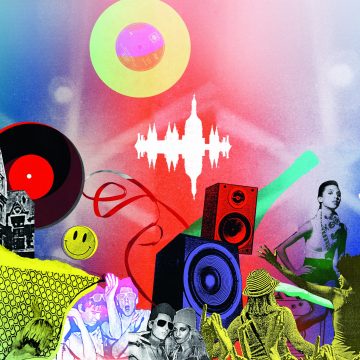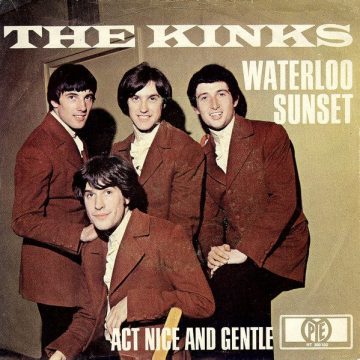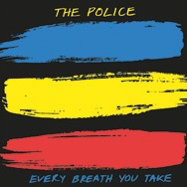Reel to Reel
For 20 years, the Cambridge University Tape Recording Society preserved music for posterity – and, in the process, revolutionised recording technology forever.
On the evening of 2 March 1969, a chauffeured Rolls-Royce pulled up outside Lady Mitchell Hall and disgorged two celebrity passengers. One was Yoko Ono, who had been invited to take part in a freeform jazz concert; the other was her fiancé, John Lennon. “That was the first time I had appeared un-Beatled,” Lennon later said of the couple’s improvised half-hour of atonal guitar and shrieking vocals. This landmark appearance was captured on tape by a member of the Cambridge University Tape Recording Society whose identity, sadly, is now a mystery. “Part of the tradition of the society was we didn’t put our names on the tape,” says Peter Rice (Caius 1965), who was the society’s president at the time. “We just did the work.”
The incident typifies the story of the Cambridge University Tape Recording Society (CUTRS): involved in a crucial moment in musical history, yet largely unremembered. There is no tape archive (recordings were handed over to performers). The ring-binder folder in which every recording was catalogued has been lost. A Google search produces fewer than 20 fragmentary results. Its only footprint in the University Library is a handful of flyers from the 1970s. Even most of its former members aren’t aware of its full history.
Yet this small society played a key role in the careers of artists from Nick Drake to Gary Numan, not to mention the evolution of the cassette tape, CD, DVD and hi-fi home audio. It is as important as it is obscure. “It was a catalyst,” says former secretary John Dawson (Trinity 1968). “It was a mixture of science, geekiness, recording arts and the music.”
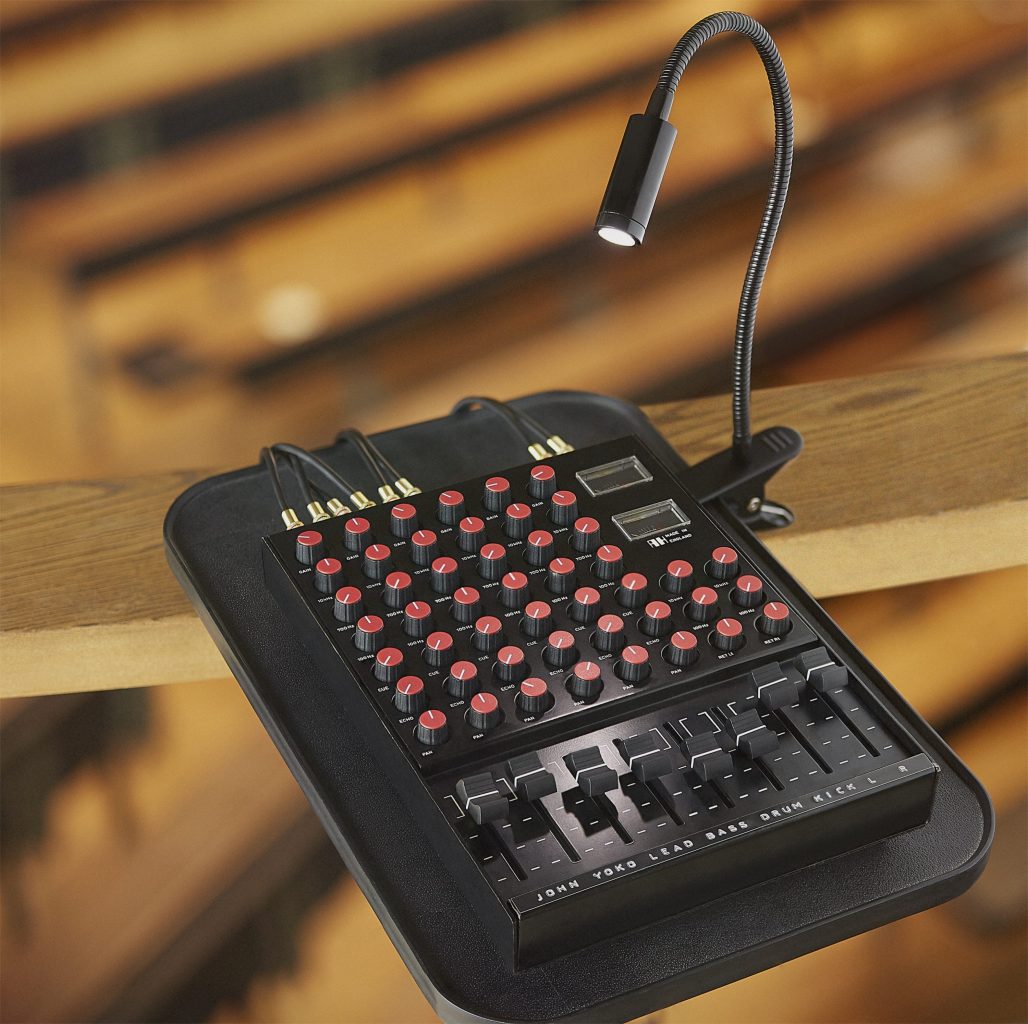
In 1969, a member of CUTRS used a six-channel portable mixer to record Yoko Ono and John Lennon in his first appearance without the Beatles.
Making a professional-sounding recording in the 1960s required costly quarter-inch tape mounted on reel-to-reel devices that weighed up to 20 kilos and cost the equivalent of thousands of pounds. Tape recording was therefore a niche interest, dominated by truly dedicated audiophiles. One such was David Robinson (Pembroke 1959), who began recording concerts and plays on his homemade tape recorder as soon as he arrived at Cambridge. Together with two Selwyn undergraduates, he decided to form a new society dedicated to recording – membership fee, 15 shillings a year – and as University rules required every society to have a senior member of the University on its board, Robinson approached Ray Dolby, a 27-year-old American doctoral candidate at Pembroke.
It would prove to be a critical appointment. Unbeknown to Robinson, Dolby had been a key member of the team at Ampex in California that invented the world’s first practical professional videotape recorder – and would go on to develop noise-reduction technology, which, by suppressing tape hiss, would revolutionise the sound of music and cinema. “I didn’t know Ray that well at Cambridge,” says Robinson. “He struck me as being very serious and quiet – and it wasn’t until I joined the BBC in 1962 that I discovered some of his quite amazing past history.” In fact, Dolby had already published two single-author papers on videotape recording amplifiers, and, with typical passion for quality, would demonstrate his Quad loudspeakers with pride in his rooms in Pembroke.
Among the future stars captured on tape were conductor Andrew Davis (King’s 1963) and cult singer-songwriter Nick Drake (Fitzwilliam 1967).
The activities of CUTRS were threefold. The first was recording performances at the University and the second was inviting leading audio professionals to give bi-weekly lectures. Both were partly funded by the third: buying blank tape in bulk and selling it to members at a discount. Recording at that time required considerable ingenuity. Robinson remembers helping Dolby lay microphone cables all the way from Dolby’s room in Pembroke across the roofs to the chapel. “It was done in the dead of night as we would never have got official approval.”
By the time Rice joined CUTRS in 1965, the University was sufficiently impressed by the society to help fund expensive professional equipment, enabling members to document concerts, plays and operas for posterity. “We learned what worked and what didn’t work, especially in these old College halls, which were very tricky acoustically,” says Rice, who still has some of those reels. Among the future stars captured on tape were conductor Andrew Davis (King’s 1963) and cult singer-songwriter Nick Drake (Fitzwilliam 1967).
In May 1968, the string arranger Robert Kirby (Caius 1967) asked Rice to tape a concert in the College’s Bateman Room, during which Drake played five songs. “I thought he was quite good, but there were lots of people playing guitar and singing around Cambridge at the time, and he was just another one,” Rice admits. “I didn’t know that he was going to turn into anything special until I got a message to do a demonstration tape for a record contract.” Rice recorded a few songs in a friend’s room at Pembroke but when he offered to play back the tape, he realised that the painfully introverted singer had slipped away without saying goodbye. “It turned out that was fairly typical for Nick.” That tape led to a record deal, while the Bateman Room reel, which Rice rediscovered in 2003, proved to be the only concert recording ever made of the stage-shy Drake, who died in 1974.
Dawson operated the sound at May Balls and built amps for College discos. “My girlfriend had her ball dress at the bottom of a bag of cables,” he says
While Rice focused on recording, the entrepreneurial Dawson handled the tape sales, arranged road trips to studios such as Abbey Road, and booked guest speakers (including Robinson, who returned to Cambridge to demonstrate a prototype of the new Dolby B technology). Dawson also operated the sound and lights at May Balls (“My girlfriend had her ball dress at the bottom of a bag of cables”), built amps for College discos and produced sound effects for theatre societies. “Those of us on the technical side always reckoned the play would run much better without the actors,” he says, laughing.
Dawson also compiled what might have been Cambridge’s first ever mixtape, featuring the Beatles, the Rolling Stones, and Simon and Garfunkel, which he took to parties, along with a Ferrograph Series 7 reel-to-reel tape recorder to play it on. “That was quite exotic,” he says. He would go on to start his own audio company, Arcam, one of a cluster of high-end audio companies around Cambridge, alongside Quad, Lecson, Meridian and Cambridge Audio. “It was the audio Silicon Valley,” says Tim Rossiter (Corpus 1972). “It’s the hub effect. When you have a lot of companies in the same area with some really able individuals, it feeds on itself. It was very much a golden era.”
But as the 1970s dawned, technology – and undergraduate enthusiasms – were changing. According to Rice: “The number of people wanting to learn [recording] dropped off very rapidly in the early 70s. It had fallen out of favour.” When Mike Kemp (Emmanuel 1971) joined the society as a fresher, the then recording secretary was more than happy to hand over the role, along with stewardship of all the equipment. One CUTRS member who borrowed gear from Kemp to record classical concerts was then PhD candidate, Jonathan Halliday (Clare 1971). Halliday would go on to join Nimbus Records, where he opened the UK’s first CD plant and helped develop the technology for the DVD.
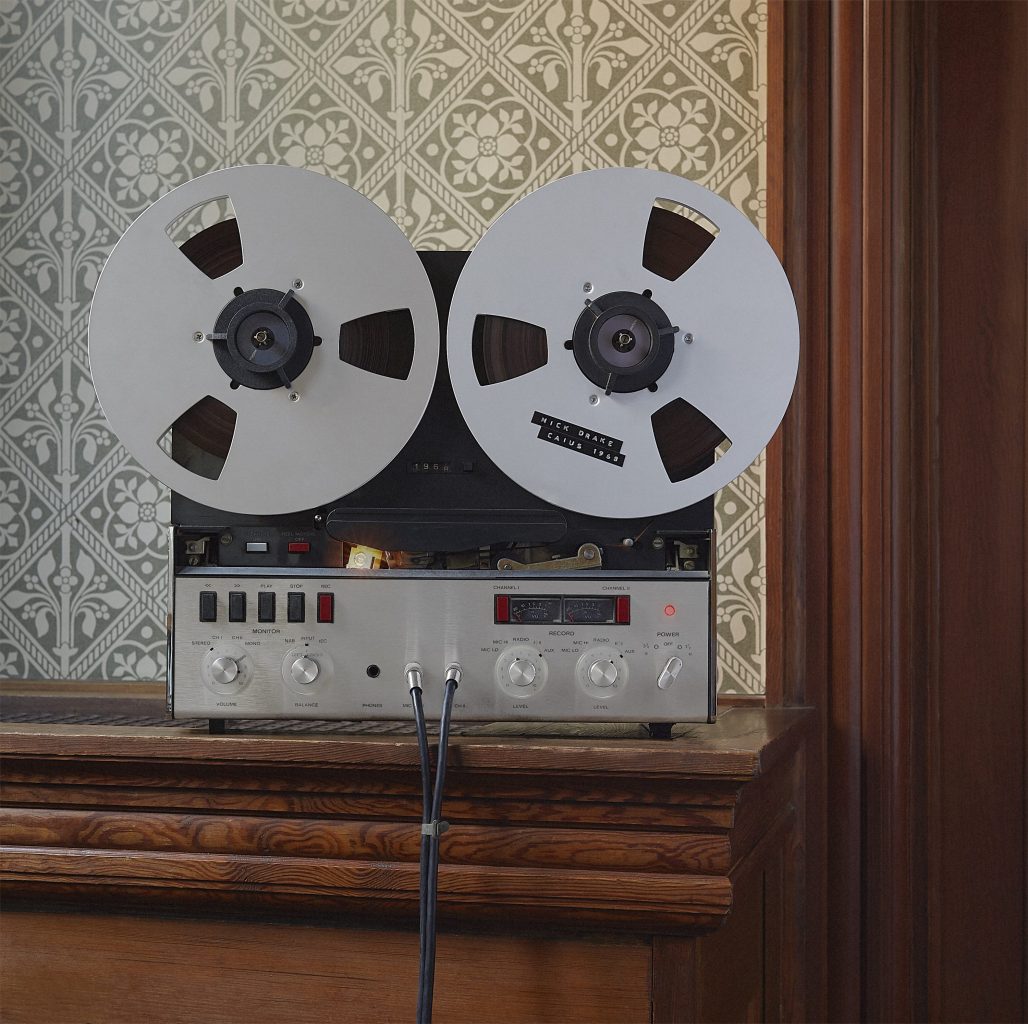
In 1968, Peter Rice (Caius 1965) heard Nick Drake play at a concert in the Bateman Room; he later recorded five of Drake’s songs on a reel-to-reel.
Another visitor would change Kemp’s life. In January 1972, a fresher named Gary Lucas (Pembroke 1971) was unloading his Revox tape recorder when a promoter spotted him and asked if he could record a Corn Exchange show by the psychedelic rock band Hawkwind, at short notice. Lucas looked up CUTRS and knocked on Kemp’s door to borrow some equipment. “I said, ‘Not only that but I’ll come along and do it with you’,” Kemp recalls. Perched on the roof of a concession stand, using three microphones and a temperamental homemade mixer, the pair found the recording “a bit of a nightmare”, but it forged a lasting partnership. “Within a few weeks we thought, ‘This is what we want to be doing for the rest of our lives’. By the second year we were recording bands under the name Spaceward.”
Spaceward started life in a small music room under the Pembroke bar, with overdubs recorded in Kemp’s rooms in Emmanuel. The performers on the 1973 Spaceward compilation The First Lame Bunny Album – including future soundtrack composer Simon Boswell (Pembroke 1972) and Katrina and the Waves songwriter Kimberley Rew (Jesus 1971) – could be heard by passengers waiting at the bus stop on Emmanuel Street and by disgruntled dons in the dining room.
During breaks in recording, artists would pop over to the pub and bring their pints back to the studio.
In 1975, Spaceward migrated to the basement of 19 Victoria Street, opposite the Clarendon Arms. During breaks in recording, artists would pop over to the pub and bring their pints back to the studio. Kemp built his own 16-track tape recorder, enabling Spaceward to rival the quality of London studios – at less than a third of the price. “At that point punk happened, and every Tom, Dick and Harry wanted to be in a band and make their own record,” he says. Advertisements in the music press attracted a slew of newcomers to Cambridge, including Iron Maiden, Stiff Little Fingers, Hans Zimmer, Toyah Willcox and, fatefully, Gary Numan. “He came with a guitar-bass-drums band,”
Kemp remembers. “We had a Minimoog synthesizer and he said, ‘What’s that?’. I plugged it in, turned the volume up, hit a few keys, and he was blown away by the sound it made. So that first Tubeway Army album transitioned into a synth album.” Numan’s Cambridge epiphany would later lead to the first ever synth-pop number one, Are “Friends” Electric?, in 1979. Kemp says: “I ought to wander down Victoria Street, knock on the door and say, ‘Do you guys have any idea what happened in this basement 40-odd years ago?’”
Kemp might also tell the surprised residents how much the industry owes to CUTRS alumni. The albums recorded at Spaceward were available on the newly popular cassette format made possible by Dolby and Robinson. Some were later issued on CDs manufactured by Halliday. And both formats could be played on equipment designed by Dawson. CUTRS appears to have fizzled out in the late 1970s (the last flyer in the UL is from 1977), but Rossiter speaks for many former members when he reflects on its remarkable unsung legacy: “At the time I wasn’t aware how fortunate we were.”
Find out more about the Ray Dolby Centre.

